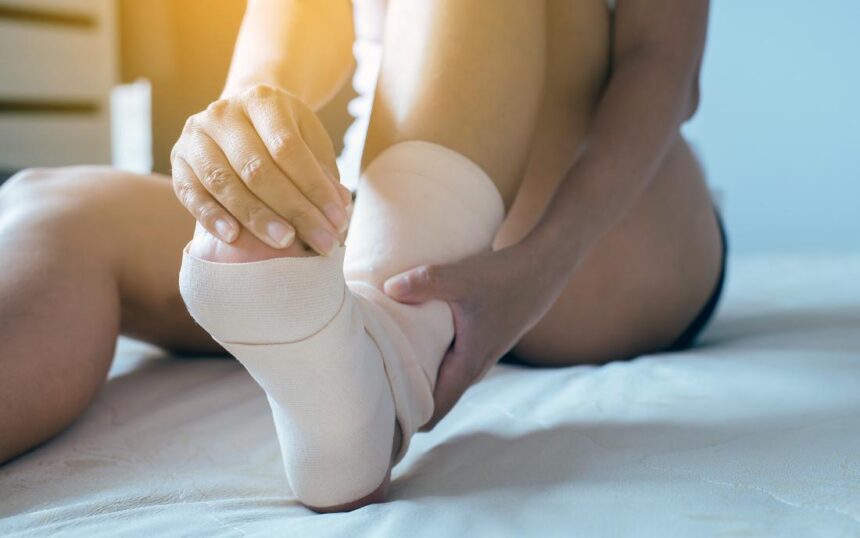Ankle sprains, whether mild or severe, are typical injuries that can slow you down and cause discomfort. While healing takes time, there are helpful steps you can take to recover more effectively. Here is some practical advice to help you get back on your feet sooner:
Does Rest Matter?
Healing starts with proper rest. After an injury, your body needs time to repair damaged tissues. For the first few days, avoid activities that could worsen pain or swelling. Keeping weight off the injured ankle helps prevent further pain. Elevate your foot above heart level to reduce swelling. You can also apply cold packs wrapped in cloth for short periods a few times a day to control pain. By following these steps early on, you support your body’s healing process.
What Helps Recovery?
Taping or wrapping your ankle sprain can help keep it stable. Applying compression may also reduce swelling and provide gentle support, making it easier to move around. If your balance is affected, using a brace or crutches can give you extra stability. These tools allow you to stay mobile without risking further injury. Medications, such as pain relievers, can help reduce pain and swelling. You can choose pills or creams; both can make you more comfortable and help you focus on healing. Gentle stretching exercises can help as your ankle recovers.
Can I Move?
Resting your ankle doesn’t mean keeping it completely immobile for too long. Instead, start gradually reintroducing movement. Begin with simple exercises like pointing your foot or making gentle circles. These light movements help regain mobility without putting too much strain on your joint too soon.
Once the pain decreases, you can start with exercises. These prepare your ankle for walking and everyday activities. Carefully reintroducing these movements helps prevent setbacks and gradually builds strength. When pain-free, try balance exercises like standing on one foot to help your ankle heal.
What Boosts Strength?
Recovery isn’t just about movement; it also involves strengthening exercises that help rebuild stability. There are other useful tools for increasing ankle strength. To improve overall stability, push your foot against the band in different directions.
What Causes Injuries?
Recovering from an injury is only part of the process; staying safe is equally important. Wearing proper shoes with good support can help prevent future sprains. Choose shoes with sturdy soles and ankle support, especially when being active.
Remember to do warm-up exercises before working out. Gentle stretches and routines help strengthen your ankles, reducing the risk of slips or falls. Preventing injuries doesn’t stop when you heal; it’s a routine you should follow every day.
Sometimes, at-home care isn’t enough. If pain or swelling continues, or if walking remains difficult weeks after an injury, see a doctor or physical therapist. They can assess your condition with expert techniques and guide your recovery. You might need ongoing physical therapy sessions to treat sprains. An expert can create personalized routines to strengthen weak ligaments and improve flexibility, helping prevent future injuries.
Treat an Ankle Sprain
Recovering from an ankle sprain takes effort and consistency, but these steps offer a clear path forward. From resting and stabilizing your ankle to gradual exercises and professional support, you have tools to heal and regain your mobility sooner. Find a clinic near you, and you’ll find guidance and feel stronger with time.





